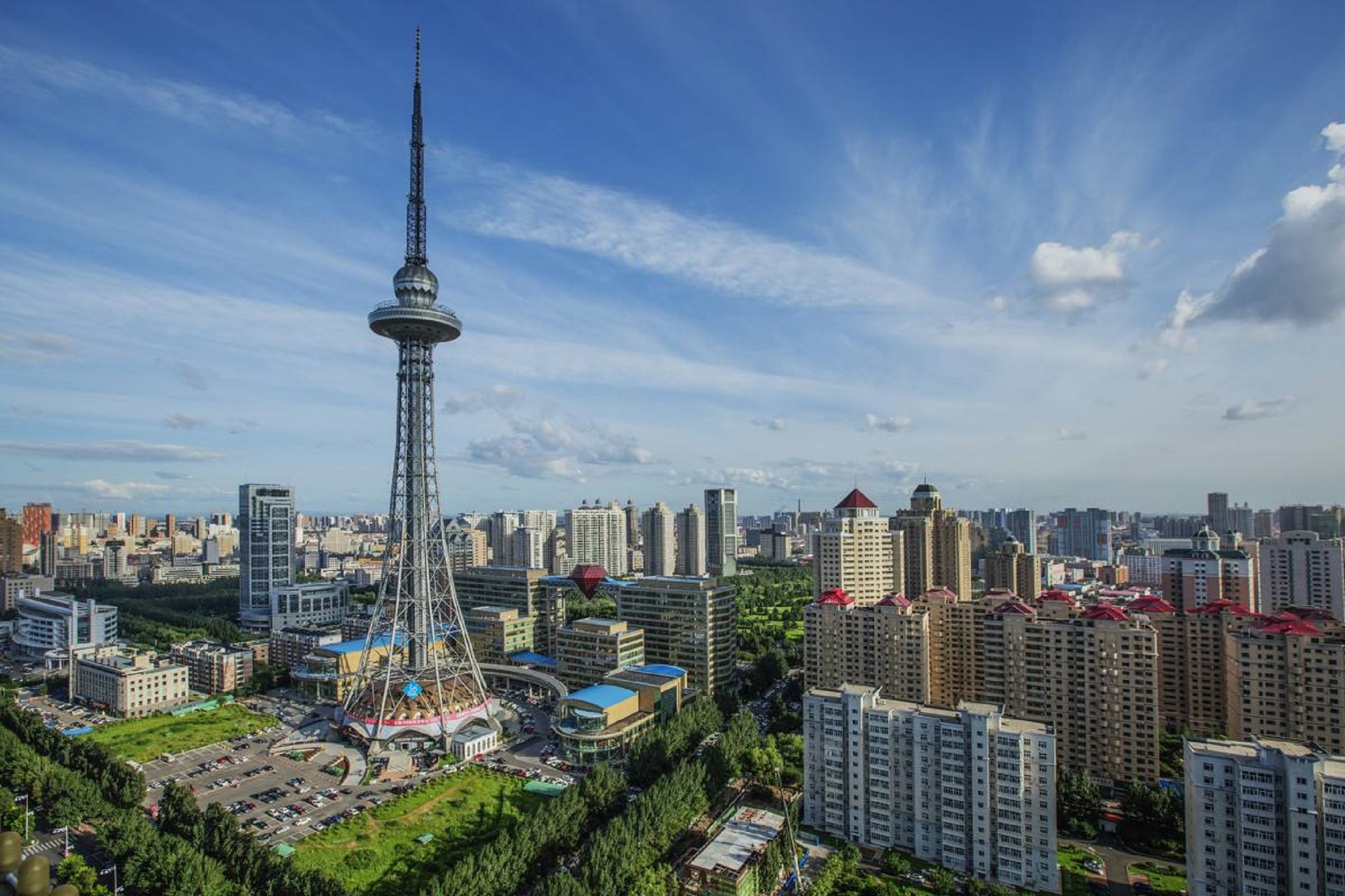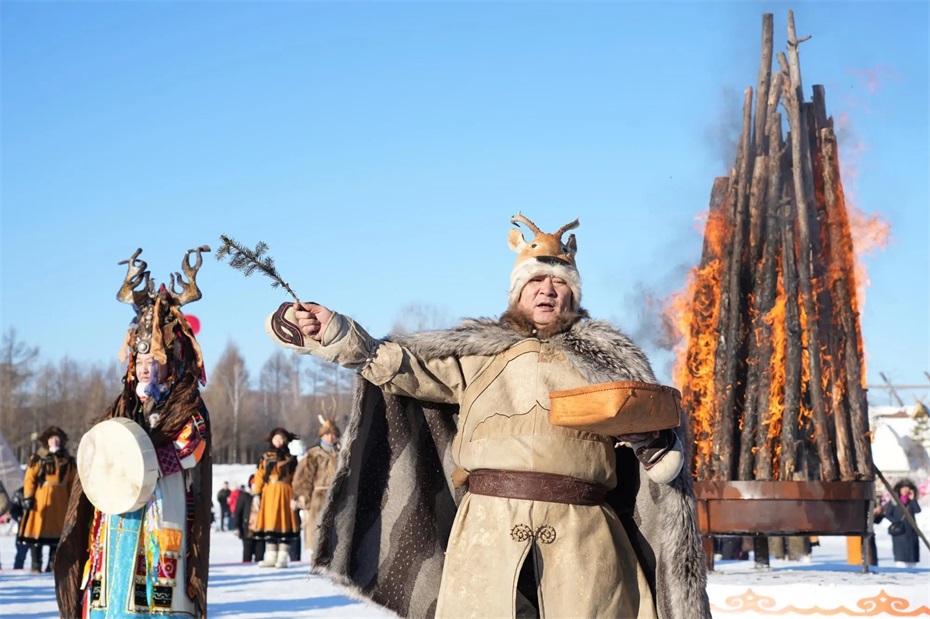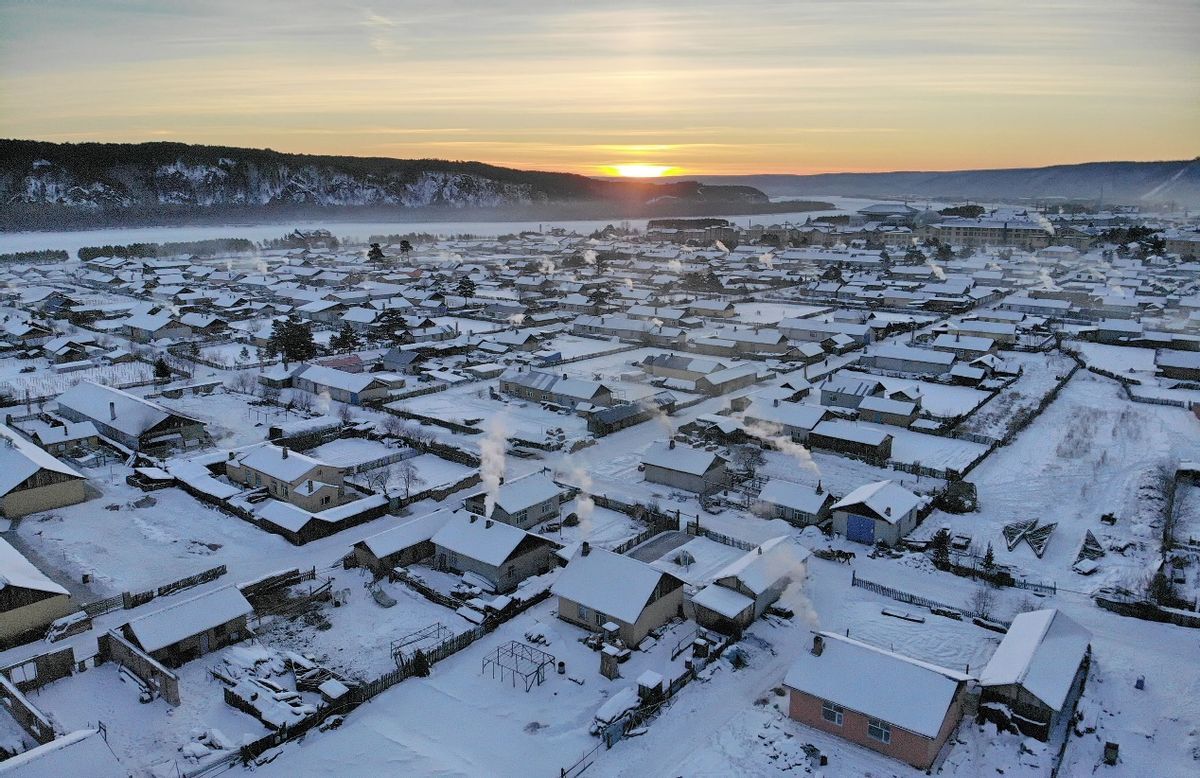Heilongjiang Province
Panoramic introduction of Heilongjiang Province

Heilongjiang Province, abbreviated as "Hei", is located in the extreme northeast of China and is the province with the highest latitude and northernmost position in China. With a total area of 473,000 square kilometers, it ranks sixth in the country and governs 13 prefecture-level administrative regions (12 prefecture-level cities and 1 region). The permanent resident population is 30.99 million (data from 2022). In 2022, the province's gross domestic product reached 1.59 trillion yuan. It is an important commodity grain base, energy and raw material base, equipment manufacturing base, and ecological barrier for the country.
Heilongjiang Province currently governs 12 prefecture-level cities, including Harbin (provincial capital), Qiqihar, Jixi, Hegang, Shuangyashan, Daqing, Yichun, Jiamusi, Qitaihe, Mudanjiang, Heihe, and Suihua, as well as the Greater Khingan Range region. The province is vast and rich in resources. As the frontier of China's opening up to Russia, Heilongjiang shares a 2,981-kilometer border with Russia and boasts 25 national first-class ports.
II. Geographical Features
1. Location characteristics
Heilongjiang Province is located between 43¡ã26¡ä¡«53¡ã33¡ä N and 121¡ã11¡ä¡«135¡ã05¡ä E, and is the most northeastern province in China. It faces Russia across the Heilongjiang River and the Wusuli River in the east and north, borders on the Inner Mongolia Autonomous Region in the west, and is adjacent to Jilin Province in the south.
2. Topography and landform
The terrain of the entire province generally features higher elevations in the northwest and lower elevations in the southeast:
Northwest: Daxing'anling Mountains
North: Xiaoxing'an Mountains
Southeast: The remaining ranges of Changbai Mountain
Central region: Songnen Plain
Northeast: Sanjiang Plain
3. Water system distribution
Heilongjiang River system: Sino-Russian boundary river
Songhua River system: Its drainage area accounts for more than 50% of the province
Wusuli River system: Sino-Russian boundary river
Nenjiang River system: major rivers in the west
4. Climate characteristics
It belongs to cold temperate and temperate continental monsoon climate:
Annual average temperature: -5~5¡æ
Annual precipitation: 400-650 mm
Salient features: Long and cold winters, and warm and humid summers
III. Historical Context
1. Ancient times
Paleolithic Age: Harbin Yanjia'gang Site (22,000 years ago)
Neolithic Age: Angangxi Culture (7000 years ago)
2. Ancient history
Pre-Qin period: regions where ethnic minorities such as the Sushen and Yilou lived
During the Tang Dynasty's Bohai Kingdom period: Shangjing Longquan Prefecture (now Ning'an)
Liao and Jin Dynasties: birthplace of the Jurchen people
During the Yuan, Ming, and Qing dynasties: incorporated into the territory of the central government
3. Modern and contemporary development
In the late Qing Dynasty: Heilongjiang Province was established (1907)
During the Republic of China period: an important agricultural region in Northeast China
During the period of the puppet Manchukuo: an important industrial base
After the founding of the People's Republic of China: Development and construction of the Great Northern Wilderness
21st century: implementation of the strategy for revitalizing Northeast China
IV. Cultural Essence
1. Multicultural integration

Russian diaspora culture: The exotic charm brought by the Middle East Railway
"Chuang Guan Dong Culture: The Pioneering Spirit of Immigrants"
The spirit of the Great Northern Wilderness: a pioneering culture of hard work and perseverance
2. Intangible cultural heritage
Traditional music: Yimakan of the Hezhen ethnic group, and Mosukun of the Oroqen ethnic group
Folk Art: Fangzheng Paper Cuttings, Birch Bark Craftsmanship
Traditional craftsmanship: Harbin sausage making, Lao Dingfeng pastry craftsmanship
Folk culture: Gulunmudag Festival of the Oroqen ethnic group, and Wurigong Festival of the Hezhen ethnic group
3. Dialect characteristics
Northeastern Mandarin: most regions in the province
Jiaoliao Mandarin: some eastern regions
Minority languages: Oroqen language, Hezhen language, etc
V. Tourist attractions
1. World Heritage
Harbin Central Street: The largest Baroque architectural complex in the Far East
Wudalianchi: A World Geopark
Snow Town of China: A World-Class Snow Spectacle
2. 5A-level scenic spot

Jingpo Lake Scenic Area: China's largest volcanic barrier lake
Mohe Arctic Village: China's northernmost tourist attraction
Tangwang River Forest and Stone Scenic Area: The Wonder of Granite Stone Forest
3. Specialized tourism
Ice and snow tourism: Harbin Ice and Snow World, Yabuli Ski Resort
Border tourism: Heihe-Blagoveshchensk, Suifenhe Port
Ecotourism: Zhalong Wetland, Xingkai Lake Nature Reserve
Red tourism: Northeast Martyrs Memorial Hall, Beidahuang Museum
VI. Food Map
1. Special dishes of Longjiang

Qiqihar: barbecue, pork and vegetable hotpot
Mudanjiang: Jingpo Lake Fish Feast
Jiamusi: Hezhen Nationality's Whole Fish Feast
2. Special snacks
Harbin sausage: a century-old traditional craftsmanship
Big loaf: Russian-style big bread
Nian dou bao: a traditional Manchu food
Grilled cold noodles: a street specialty snack
3. Specialty drinks
Wuchang rice
black fungus
Blueberry products
Harbin Beer
VII. Current Development Status
1. Industrial system
Modern agriculture: the "ballast" for national food security
Equipment manufacturing: Harbin Electric Corporation, China First Heavy Industries Group
Energy industry: Daqing Oilfield, Longmei Group
Ice and snow economy: ice and snow tourism, ice and snow sports
2. Transportation network
Railway: Harbin-Dalian High-speed Railway, Harbin-Qiqihar High-speed Railway
Highways: The length of expressways exceeds 4,500 kilometers
Aviation: 13 airports including Harbin Taiping International Airport
Water transportation: Songhua River golden waterway
3. Opening up to the outside world
Pilot Free Trade Zones: Harbin, Heihe, Suifenhe areas
Sino-Russian Cooperation: Permanent Venue for the China-Russia Expo
Port economy: Heihe Highway Bridge, Tongjiang Railway Bridge
From the vast Xing'an Mountains to the expansive Three Rivers, from the century-old ice city to the modern oil capital, Heilongjiang, this magical black soil, is marching towards a new journey of high-quality development with a brand-new attitude. Here, there is not only the magnificent scenery of the northern country, but also profound cultural heritage, and more importantly, vigorous development vitality. It is writing a magnificent chapter of comprehensive revitalization in the new era.
simliy
